The point of writing, for most people, is to share that writing with the world. The problem is getting your writing into the hands of readers can be such an intimidating and confusing process that a lot of writers simply give up. This month's interviewee talks about one option for sharing your writing: working with hybrid publishers.
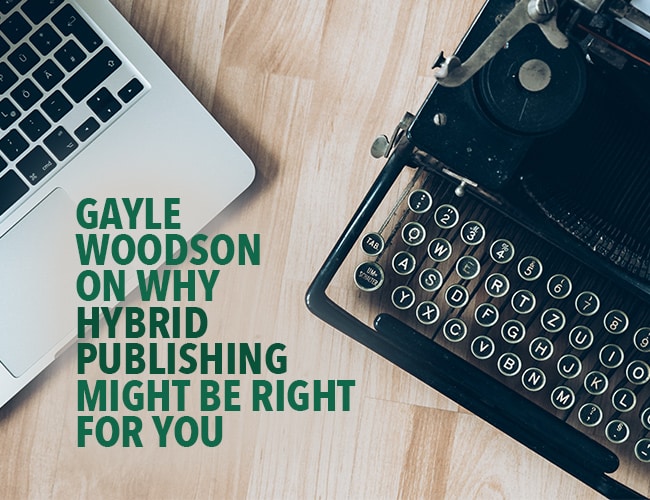
Your Book Is Finished. Now What?
To keep your book from languishing in a drawer or on a hard drive, you have to get it out into the world. Meaning: You have to publish!
Getting a book published used to involve printing a ton of manuscript pages, paying an outrageous amount of money for postage, and waiting for months on end just to get a rejection letter. These days, you have more options. You can traditionally publish with one of the Big Five publishers or a smaller press, or you can self-publish through Amazon, other online retailers, or hybrid publishers.
Here's a fact most new writers might not know: No matter what option you go with when you're looking to share your work, you're going to have to do some marketing.
When looking to publish, Gayle Woodson, author of After Kilimanjaro, went with a hybrid publisher. Depending on who you ask, “hybrid publishing” may mean different things. The company models vary, but essentially hybrid publishers combine elements of self-publication and traditional publication.
Gayle was kind enough to take time out of her busy schedule to talk with me about her experiences with the hybrid publishing company she chose, as well as offer some advice on marketing and writing in general.
Gayle is one of the first few female surgeons trained at Johns Hopkins Hospital. She became a leader in her field and has done volunteer work all over the world. Since retiring from full-time practice in 2015, she and her husband have spent two months each year teaching at a medical school in Tanzania.
The author of more than a hundred scientific articles and book chapters, she now focuses on creative writing. Her short story, “Bread and/or on Water,” won first place in the 2019 Royal Palm Literary Awards Competition of the Florida Writers Association. Her novel, After Kilimanjaro, won second place in that same 2019 RPLA and was subsequently published on October 8, 2019.
You can learn more about her on her website (and also get the first two chapters of After Kilimanjaro for free).
Meet Gayle Woodson
This interview has been a long time coming. I’m so glad I’m finally getting to talk about your book! So tell me a little about After Kilimanjaro. What inspired you to write this book?
My husband and I have done so much volunteer work in Tanzania that it has become a second home for us. I spent the first six weeks of retirement in Africa. I had made several false starts at writing a novel and resolved to finally see achieve that goal.
This story just flowed out of me. I wanted to share my love of Tanzania and my respect for its people.
How to Research a Place (When You Haven't Spent Time There)
How did you go about the research process?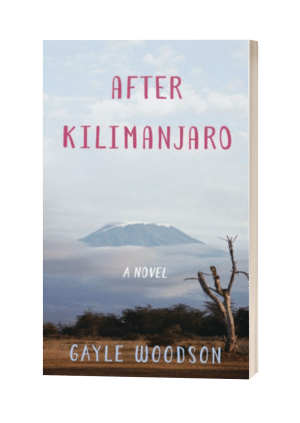
It was easy to describe daily life in cities and towns, and we have done all the touristy things in this country; however, my understanding of life in remote areas was minimal.
We had visited one mountain village, which became the model for the village in my book. To flesh out my account of life there, I read memoirs of missionaries and talked to my sister, who had done anthropology research in rural Liberia.
My story also dealt with some medical issues that lay outside of my field of practice, so I reviewed medical literature and information from the Health Ministry of Tanzania. In my prior career, it was easy for me to review the medical literature, since I have published more than a hundred scientific articles and book chapters, authored textbooks, and served on the editorial board of several journals.
Working with Hybrid Publishers
You decided to go with a hybrid publisher. For those that don’t know, can you explain a bit about what hybrid publishing means? Why did you decide to go with hybrid publishing instead of self-publishing? Did you look at getting an agent and going with a traditional publisher at any point?
Hybrid publishing is essentially assisted self-publication. A traditional publisher assumes all the financial risk of publication and pays royalties to the author. (The author usually gets an advance payment as well.) A hybrid publisher may share some of the risk with the author.
The exact arrangement varies, but the author usually pays for the costs of printing and editing, and the publisher may charge other fees. Ultimately, the author receives a higher percentage of royalties.
I pursued traditional publishing for two years without success. I sent out queries, attended writers’ conferences, and paid for interviews with agents. I got a few nibbles: agents who looked at my work but concluded it was not what they were looking for.
I decided to look into self-publication and attended a conference, where I was overwhelmed by the complexities of the publishing process. Hybrid publishing was an attractive option, sort of like hiring a general contractor to build a house, rather than dealing with subs.
I chose She Writes Press, an organization devoted to mentoring women authors. They produce a professional product and use the same distribution mechanisms as traditional publishers. This means my book is just as available as a traditionally published book—in bookstores, on Amazon, B&N, etc. She Writes handles all the details of distribution.
She Writes publishes selectively, only works that meet their standards. Authors are charged a nominal fee to apply for publication. Most of those accepted are referred to editors that the authors can hire to help them produce a quality manuscript prior to publication. I was happy to be in the small minority of submissions deemed ready for publication.
She Writes was a good choice for me. I was very unlikely to get a contract, and knew nothing about the nuts and bolts of publication, such as trim size or cover layouts, etc. I have learned a lot, and have begun to build a platform.
An unexpected benefit is the community of women who publish with She Writes. We keep in touch online and support each other.
The biggest drawback is that I do not have the imprimatur of a Big Five publisher. Thus while any bookstore can stock my book, they would not be likely to order it without the specific request of a customer. Also, when I am peddling my book at book fairs, some indie authors will say I went with a “vanity” publisher—as if they were not footing the bill for their own publication costs.
I will try hard to find an agent for my next book, but if I cannot, I would not hesitate to go with She Writes again.
What's Involved in Marketing a Book
Marketing is a huge part of an author’s job, and often publishers, no matter how large, don’t do much marketing for you. How much marketing experience did you have going into this book launch? What have you learned along the way? What methods worked the best for you? Any mistakes along the way?
I completely underestimated how much effort would be required for marketing, despite all the many warnings that I received.
My only prior marketing experience was in the Write Practice course Write to Publish, where we were guided in developing and publishing a new project. As part of the course, I created an ebook, Adios Amarillo, a pictorial memoir about my lost cat, and developed an author website. We were also guided through generating buzz around the publication, promoting each other on social media.
So I learned the concept of marketing—just did not appreciate the scale of what would be required.
I find it hard to make time for finishing my next novel [at the same time as marketing]. It lies languishing on my computer as I work on opinion pieces to boost my “platform,” promotional projects, website maintenance, and advertising.
I am disappointed with my return on investment in PR. The many advanced reader copies that were mailed out at great expense did not result in any meaningful reviews, just a few photos of the book on Instagram. Some of these complementary copies have turned up for resale on Amazon.
My own contacts proved to be more productive than those of the agency. I arranged an interview with my local NPR station which resulted in a podcast that I promoted with great response. The newsletter of my national professional organization agreed to publish an article about me.
Although I was not satisfied with the results of the PR campaign, I did learn that I could write and submit content to national media.
I found advertising to be more effective, particularly on Facebook. I experimented with limited boosting of a few posts with a low budget, then promoted the ones that produced the most engagement.
One of my posts featured a picture of the cat that inspired the feline character in my book. It generated hundreds of thousands of “likes” and hundreds of visits to my website. Never underestimate the power of cats!
People from all over the world began to post pictures of their cats, including a woman from Myanmar. Facebook could not translate her text, but it seemed to me that her cat was partially wrapped in a shroud. I asked her if her cat had passed away. She responded with a huge, weeping round cartoon face. I felt like an international pet grief therapist.
I get much less traction from Twitter. I was lucky enough to “meet” through the internet a talented young woman, Melissa Dybwad (Writers of the World), who created a trailer for my book at a very reasonable price. She involved me directly in its production. She has also provided great advice on solving some website glitches. She has great marketing ideas, has guided me through a couple of productive giveaway offers, and is engaging me in other marketing opportunities.
I skimped on professional assistance with my website, wanting to learn how to do it myself. Although I have learned a lot, it consumed many hours and caused a lot of stress, and I am not satisfied with my results. In retrospect, it would have been worth the money to have an expert set it up.
Everything a New Writer Needs to Know
What is the best advice you have for a writer just starting out?
If you love to write, just keep writing and reading and writing some more.
I recently heard a fledgling writer say that she did not want to read others’ work until she finished her own book because she did not want to be influenced by other styles. This is a mistake. We do not grow in our craft in isolation. We learn what resonates with us by reading. Sometimes we observe things that irritate us and can resolve to avoid such pitfalls.
After you write something, put it away for a week or two, months if you have the luxury of time. You will read what you wrote with fresh eyes. You will get better and better as you write and rewrite.
I found it very stimulating to enter writing contests. Writing a story or essay from prompt challenges your creativity and the feedback is priceless. Submitting a finished work is also an excellent way of getting feedback.
In general, don’t ask friends or family to critique. An exception would be an editor or successfully published author in the family.
Do cultivate colleagues who can reciprocate in reviewing your work. I found The Write Practice [Pro] to be an amazing mechanism for growing as a writer. Almost every chapter in After Kilimanjaro benefitted from polishing by my colleagues in this group.
A major item I learned from publishing my novel: You can never do too much proofreading. When you think you’re done, have another person check, and if they turn up anything, get another opinion. I found thirteen typos in the first edition of the book, [whose corrections] I have incorporated into the second printing. (I am happy to say that the first printing is nearly sold out, less than three months after the pub date.)
We all like to hear about all the rejections that successful authors endured before their breakthrough. The reality is that these authors are vastly outnumbered by the many many talented people who expend equal effort but never achieve commercial success. But that reality is no reason to stop doing what you love. We can still take pride in what we create.
Everyone Gets Stuck Sometimes
What’s the worst part of writing for you and how do you overcome that?
Every now and then, I am stuck, and words won’t flow. I have found two effective ways to unblock my brain.
One is working in the garden. As I pull up weeds and prune shrubs, stories play out in my brain and I can see the resolution of a scene, or hear the words of a dialogue. The second strategy is to read something someone else has written.
The hardest part of writing, for me, is finding time to do it. This is weird, because I am retired. It should be easy for me to just schedule a time, right? That should be my New Year’s resolution.
The Key to Publishing and Marketing: Trial and Error (and cats!)
Whether you decide to go the traditional publishing, self-publishing, or hybrid publishing route, the version of publication you want to pursue is up to you. That said, do your research beforehand. Go in knowing full well what you're getting from the deal and how much you have to put in.
And be realistic about what you can put in! Marketing takes time and effort and is a major part of a writer's workweek. It also takes a lot of trial and error as you figure out what your audience likes. If you don't have a ton of time to devote to your website or marketing, you may want to consider hiring those jobs out to a professional.
Whatever you do, DO NOT let the idea of publishing and marketing scare you away from doing either. You had to learn to write, didn't you? You can learn to publish and market, too.
Remember it's all an adventure and not a one-size-fits-all situation. Sometimes a picture of a cat can get you international attention. And sometimes that cat will just sit on your Instagram page with six likes (like the pictures of my own cats seem to do). As with anything in this crazy writing industry, if you fail, try, try again.
Thanks to Gayle for agreeing to talk about her experiences! Here's where you can find After Kilimanjaro and don't forget to check out Gayle's website!
Have you thought about how you would like to share your work with the world (self-publication, hybrid publishing, traditional publishing)? Let me know in the comments!
PRACTICE
As Gayle says, you should never underestimate the power of cats! Today's practice is a fun (and simple!) one: Write a scene about a cat. Set a timer for fifteen minutes and write. Remember a scene can't be a scene unless there's conflict, so make sure something happens—don't just describe the cat!
Share your scene in the comments so we can all check it out. Don’t forget to read and comment on your fellow writers’ work!
Sarah Gribble is the author of dozens of short stories that explore uncomfortable situations, basic fears, and the general awe and fascination of the unknown. She just released Surviving Death, her first novel, and is currently working on her next book.
Follow her on Instagram or join her email list for free scares.
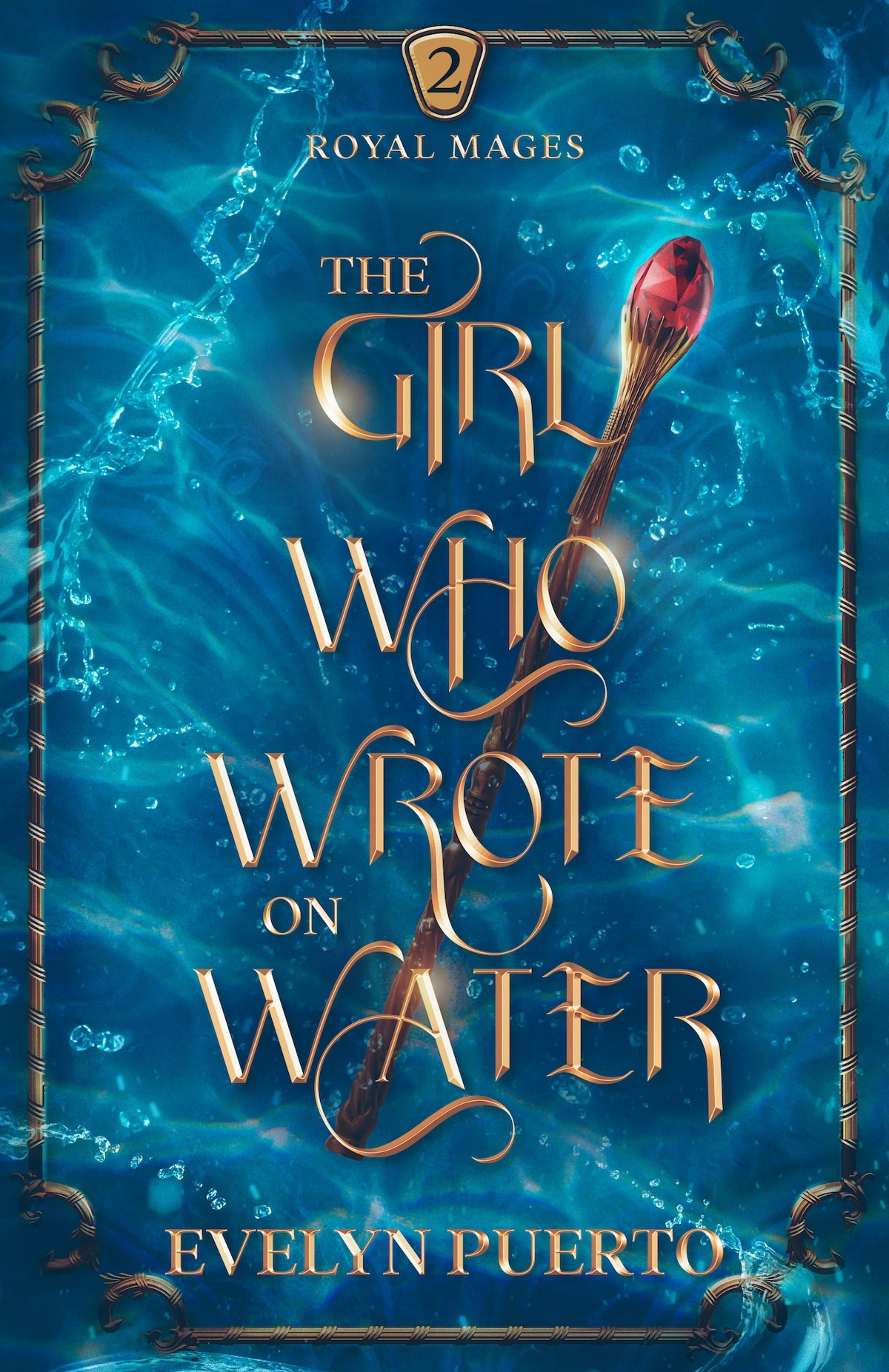
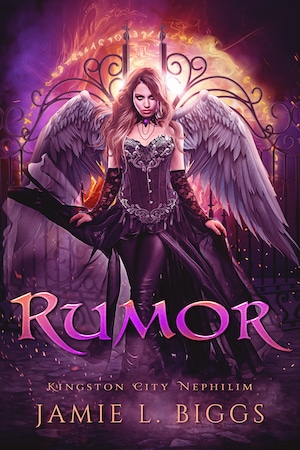
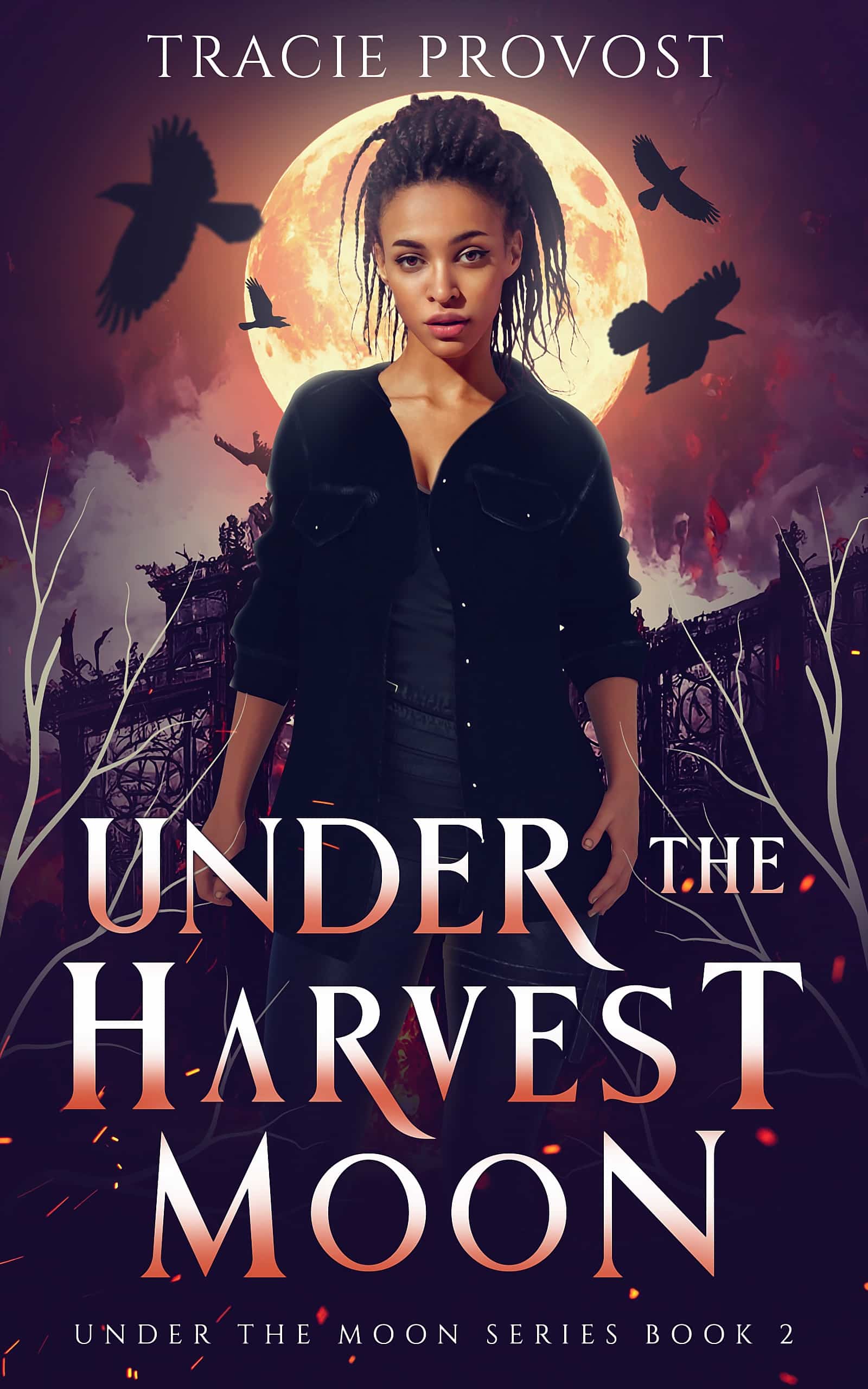
0 Comments